In the bustling streets of India, a peculiar sight greets visitors: cows wandering freely through traffic, lounging in marketplaces, and even napping on busy intersections. These animals, revered as sacred in Hindu culture, enjoy a unique status that grants them extraordinary privileges in urban spaces. The phenomenon of India's sacred cows—often called "stray cattle" by outsiders—reveals a deep cultural logic that intertwines religion, economics, and social norms. To understand why these bovines dominate public spaces, one must look beyond surface-level observations and explore the historical, spiritual, and practical dimensions of their existence.
The Divine Status of the Cow
Hinduism, the dominant religion in India, places the cow on a spiritual pedestal. The animal is associated with several deities, most notably Kamadhenu, the divine cow believed to fulfill all desires. Lord Krishna, one of Hinduism's most beloved gods, is often depicted as a cowherd, reinforcing the animal's sacred symbolism. This religious reverence translates into legal protections—many Indian states ban cow slaughter, and penalties for harming cattle can be severe. The cow's holiness isn't merely doctrinal; it's embedded in daily rituals, from the use of cow dung in purification ceremonies to the belief that its milk, urine, and ghee possess medicinal properties. Such beliefs create an environment where even stray cows command respect and care.
Economic Realities Behind the Sacred
While spirituality explains the cow's veneration, economics reveals why so many roam freely. India's dairy industry relies heavily on small-scale farmers who keep cows for milk but lack resources to feed them after their productive years. Instead of bearing the cost of maintaining aging cattle, owners often abandon them, knowing they'll survive on street offerings. Municipal efforts to curb this practice face resistance—villagers protest cow shelters that charge fees, and political parties exploit the issue for votes. The result is a paradoxical system where cows are worshipped in theory but frequently neglected in practice, leaving cities to absorb the consequences of rural economic pressures.
Urban Coexistence and Conflict
The presence of cows in cities creates both harmony and tension. Many Hindus willingly feed strays as a religious duty, and some shops keep water bowls for passing cattle. Yet accidents involving cows cause traffic delays and occasional injuries, while their unchecked grazing damages public greenery. Municipal corporations struggle to balance animal welfare with urban management—captured cows are often released due to legal threats from activist groups. This uneasy compromise reflects a broader Indian approach to public space: chaotic yet adaptable, where ancient traditions and modern necessities constantly negotiate boundaries.
Political Instrumentalization
In recent years, the sacred cow has become a political weapon. Right-wing groups invoke cow protection to justify violence against minority communities involved in cattle trade, transforming a spiritual symbol into a divisive identity marker. Simultaneously, state subsidies for cow shelters have spawned corruption, with funds siphoned off for nonexistent facilities. This politicization complicates efforts to address stray cattle humanely, as proposals for managed slaughter or birth control face accusations of religious insensitivity. The cow's journey from pastoral icon to political pawn underscores how cultural symbols get entangled in power struggles.
Cultural Resilience and Future Challenges
Despite modernization pressures, India's sacred cows persist as living embodiments of cultural continuity. Their presence forces society to confront uncomfortable questions: Can tradition accommodate urban efficiency? How does a nation reconcile economic pragmatism with spiritual values? As India's streets grow more congested, the cow's privileged position may face greater scrutiny. Yet any solution must navigate the intricate web of faith, livelihood, and identity that gives these animals their extraordinary street rights. The wandering cows aren't just animals—they're four-legged mirrors reflecting India's ongoing negotiation between the sacred and the secular.
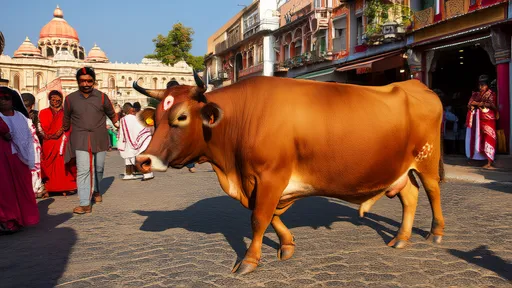
By /Jul 7, 2025
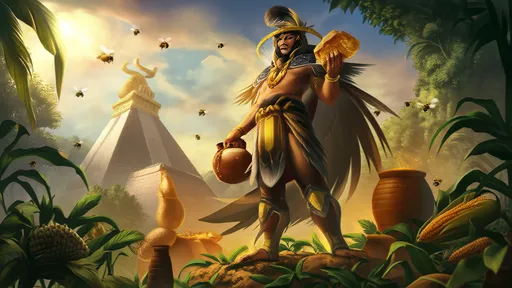
By /Jul 7, 2025

By /Jul 7, 2025
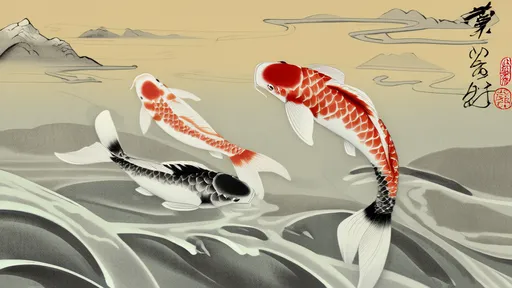
By /Jul 7, 2025
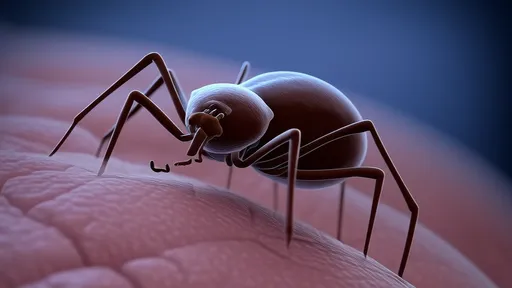
By /Jul 7, 2025
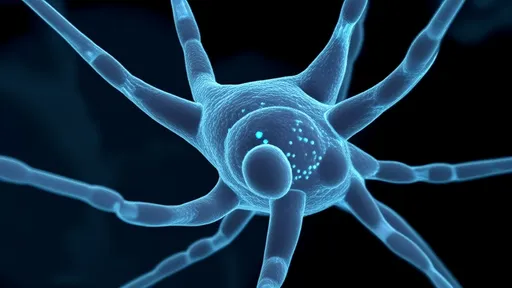
By /Jul 7, 2025
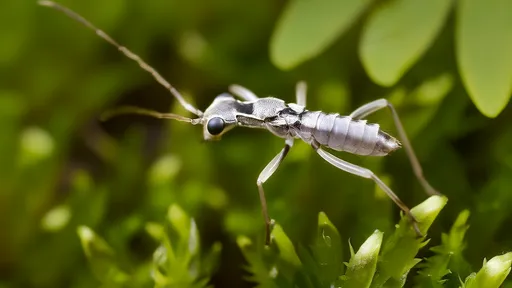
By /Jul 7, 2025
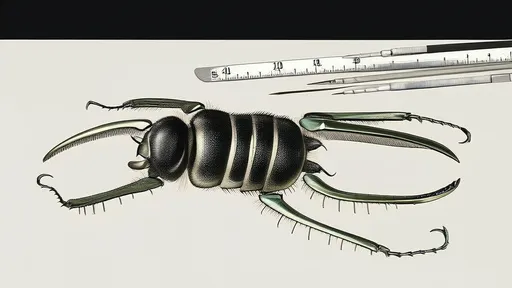
By /Jul 7, 2025
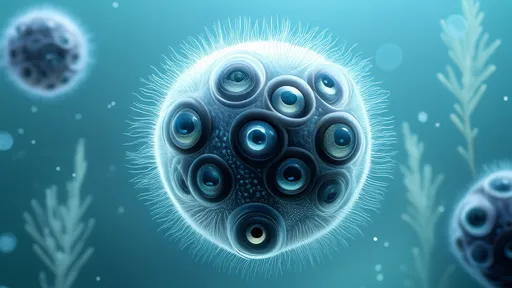
By /Jul 7, 2025
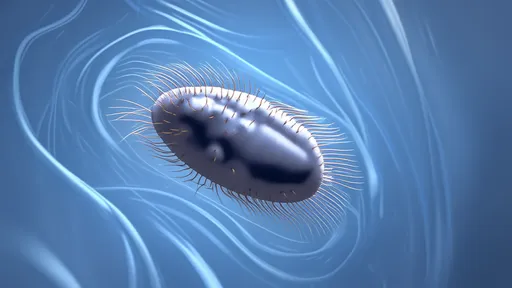
By /Jul 7, 2025
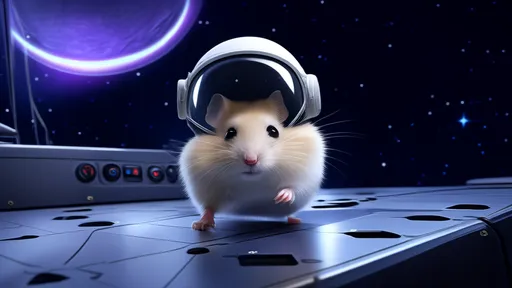
By /Jul 7, 2025
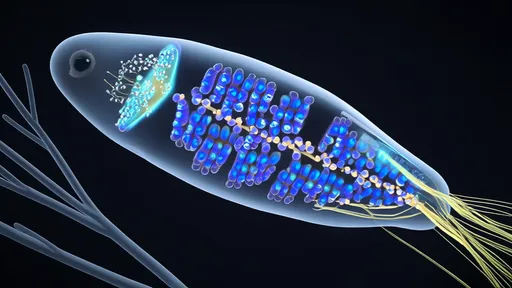
By /Jul 7, 2025
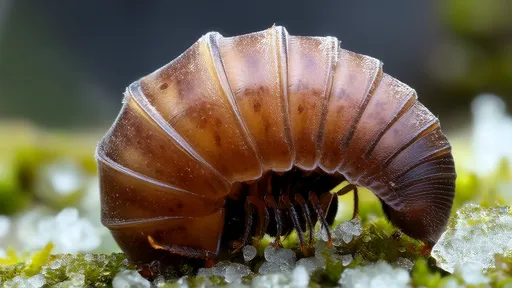
By /Jul 7, 2025
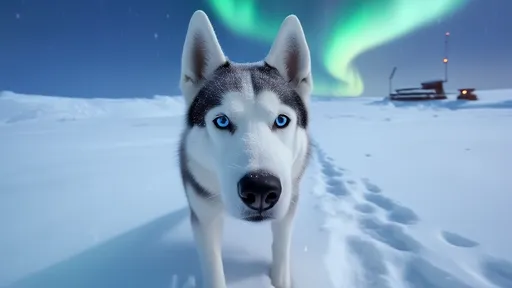
By /Jul 7, 2025
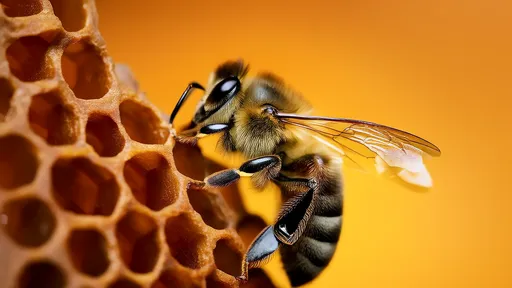
By /Jul 7, 2025
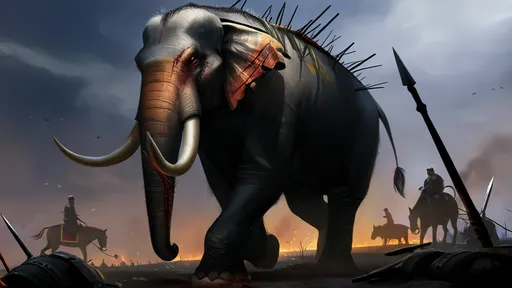
By /Jul 7, 2025

By /Jul 7, 2025

By /Jul 7, 2025